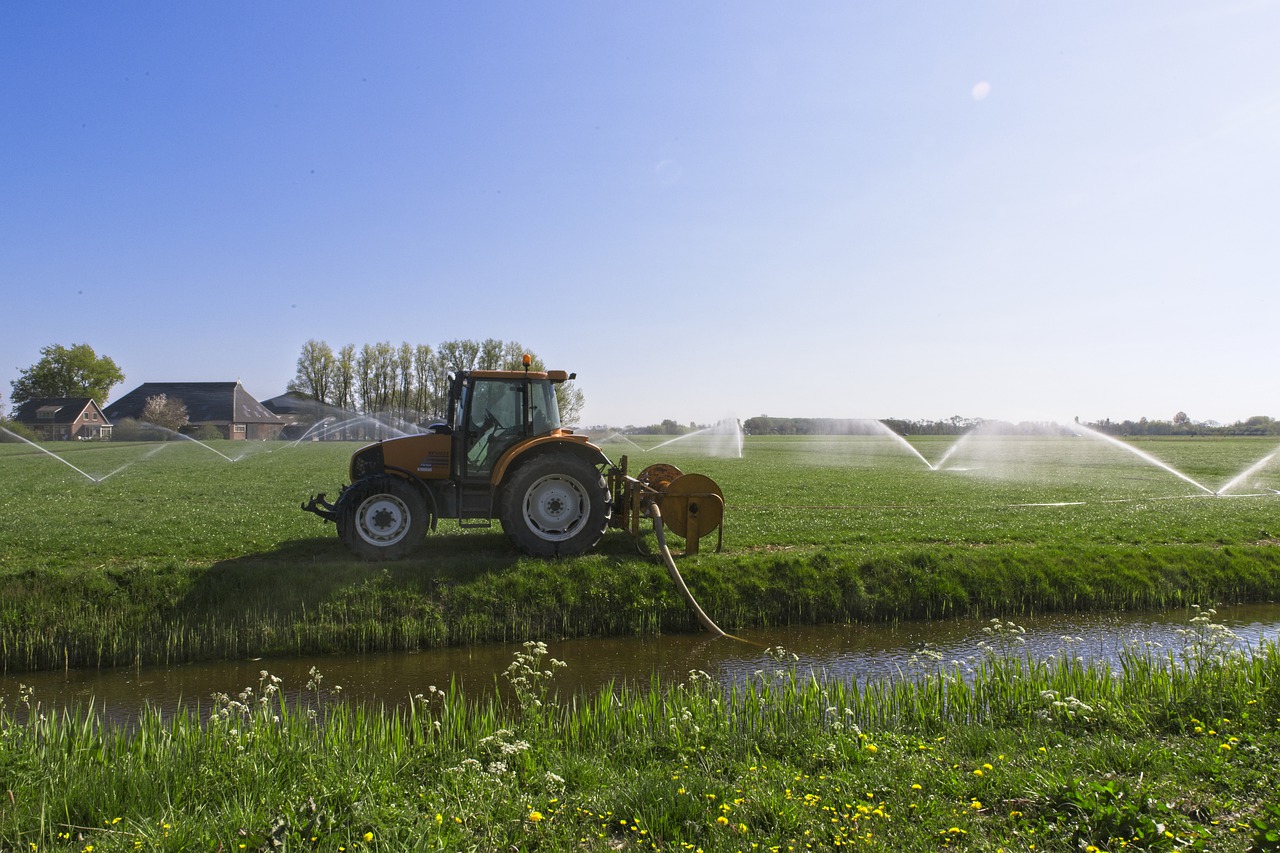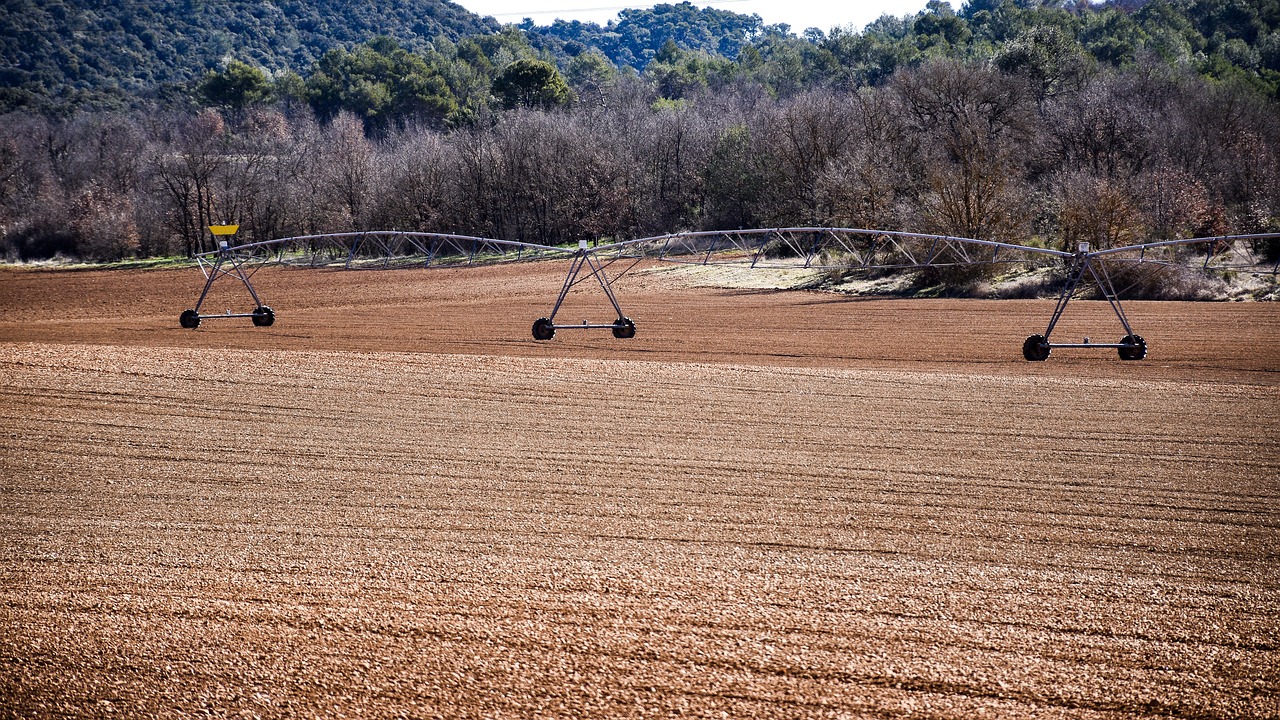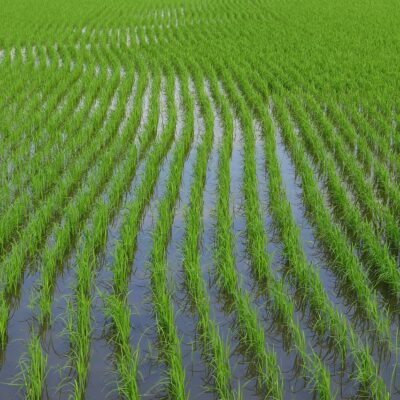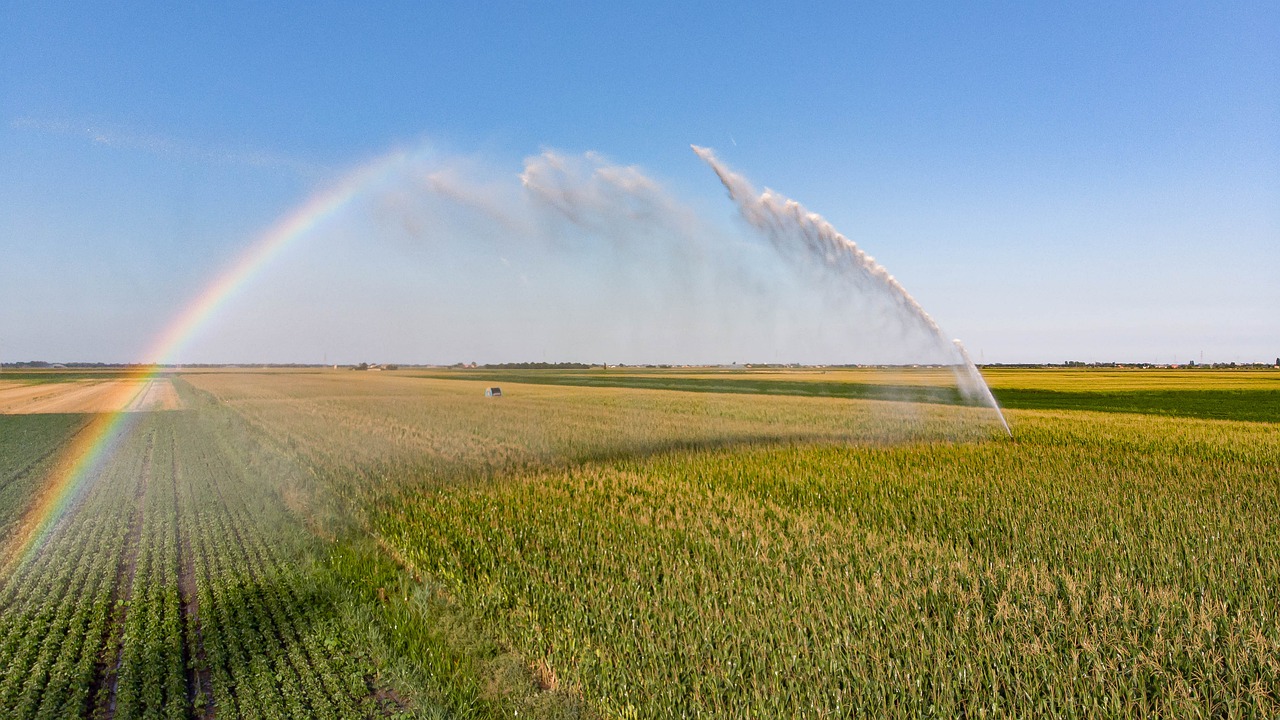The development is irrigation is inextricably connected with the evolution of human civilisation. The first forms of irrigation date back over 8,000 years.
Systematic irrigation was around 6000 BC in Egypt and what was then known as Mesopotamia.
Early Irrigation in Egypt
The River Nile flooded its banks for several months each year. The Egyptians diverted the floodwaters to nearby fields to enable farmers to grow crops that, without the presence of life-giving water, would otherwise have been impossible.
Around 3100 BC, the Egyptians instigated a huge irrigation program involving the construction of a series of dams and canals that stretched over 20 kilometres.
Early Irrigation in Mesopotamia
Meanwhile, in Mesopotamia, the floodwaters of the Tigris and Euphrates rivers were used in a similar way. In fact, it was the Sumerians who are credited with the first irrigation engineering works in history when they built a series of canals which it is now thought could have been used for 1000 years before they needed replacing.

The Sumerians
The Sumerians, who inhabited Sumer, humankind’s first big civilisation, were great innovators, and in their efforts to transform the desert into an oasis, they invented what is thought to be the world’s first plough which appeared around 3500 BC. In 1500 BC, they also created the world’s first seeder plough, which allowed farmers to use beasts of burden to pull ploughs to both till and plant simultaneously.
The Sumerians were also credited with inventing the wheel, which at that time was not used for transport but as a potter’s wheel.
The Depletion of Underground Water
Water is a limited resource, with agriculture requiring approximately 70% of global water. It will be critically important to develop new technologies to help us manage, regulate and optimise the best use of water as underground reserves are slowly being depleted.
The New York Times recently published an article about some communities in Arizona not having access to water because of the lack of regulation imposing strict limits on the access fathers had to scarce aqua fires in the region.
The Threat Against the World’s Major Aquifers
The sustainability of aquifers is very delicate. Once tapped into and depleted, they can take up to 6,000 years to replenish. They account for somewhere between 25% to 40% of the drinking water the world’s population consumes.
In 2015, a senior NASA water scientist, Jay Famiglietti, published findings that 21 of the world’s 37 biggest aquifers were close to being exhausted.
The Importance of New Irrigation Technologies
Agriculture has a serious duty of care. Where possible, it needs to move away from flood irrigation, which despite the water wastage it involves, is still the most-used irrigation technique worldwide.
Where appropriate, pivot irrigation can be a more cost-effective and resource-efficient alternative. This type of technology uses aerial imagery via cameras mounted atop the framework and uses special sensors and variable nozzles that deliver water, chemicals and fertilisers, in the right quantity, at the right time, exactly where they are needed. This technology can even be used on crops such as rice.

Drip Irrigation to the Rescue
One of the biggest technological breakthroughs in irrigation science in the 20th century was the development of drip irrigation. It has the ability to deliver water to the root systems of crops and thereby reduce the amount of water needed for irrigation by as much as 70%. Not only is it much more ecologically friendly, but it can also increase crop yields by anywhere between 20% to 90%.
Over the past couple of decades, drip irrigation and other micro-irrigation technologies are being used across much larger areas. National Geographic reports that the area under this type of irrigation has risen from 1.6 million hectares to in excess of 10.3 million. Although that might sound a lot, it still represents only 4% of the planet’s irrigated land, so there is room for considerable improvement.
The Netherlands Leads the Race on Water Reuse
While reducing water wastage is a prime concern for irrigation, another important factor is the reuse of water. The Netherlands is leading the race. They've put plans in place to ensure that all of their greenhouses reuse drainage water by the year 2030. Furthermore, the Dutch Ministry of Nature and Food Quality aims to achieve what is described as fully circular horticulture by the same deadline.
The Importance of irrigation
The importance of irrigation cannot be overstated. It touches our lives in so many ways - not just for drinking purposes. It encompasses:
1. Drought Compensation
Irrigation can be bought to bear whenever there is too little rainfall or uncertainty about when rain will come. Without either, crops will be badly affected, leading to food shortages and, in some instances, famine.
2. Increasing the Area of Cultivable Land
So many areas on the planet are naturally arid. Irrigation has turned these wastelands into productive, cultivable land. In today’s world, approximately 18% of crops are irrigated. Chemicals and fertilisers delivered via irrigation have also enabled fallow land, which has been traditionally left idle once crops have been harvested, to be reused.
3. Meeting Humankind’s Need for Food
Irrigation technology has enabled desert ecosystems to flourish in places like Jordan and Israel. In these areas, where rainfall can be insufficient, groundwater wells and aquifers are being used to produce various crops.
In addition, the countries and regions that have large world-class irrigation systems can export food, bringing them economic advantages.
4. Increasing Agricultural Productivity
Lack of rainfall can be compensated for by irrigation, enabling crops to grow and flourish. But even when there is sufficient rainfall, irrigation can be employed to boost crop productivity.
5. Enabling Multiple Cropping
In tropical countries where rain seasons are very specific, it makes it difficult to grow multiple crops simultaneously. In addition, various crops require different amounts of water, and over-irrigating can adversely affect crop production. Customising irrigation, however, makes it possible to grow multiple crops at the same time in one area.
6. Effectiveness and Efficiency
If crops are watered with a hosepipe irregularly, it is simply not consistent enough. Certain areas will not get enough water to support the plants. However, a well-configured irrigation system will deliver water to all areas in appropriate quantities.
Effective, efficient irrigation is not just desirable; it is vitally important to life on earth.


